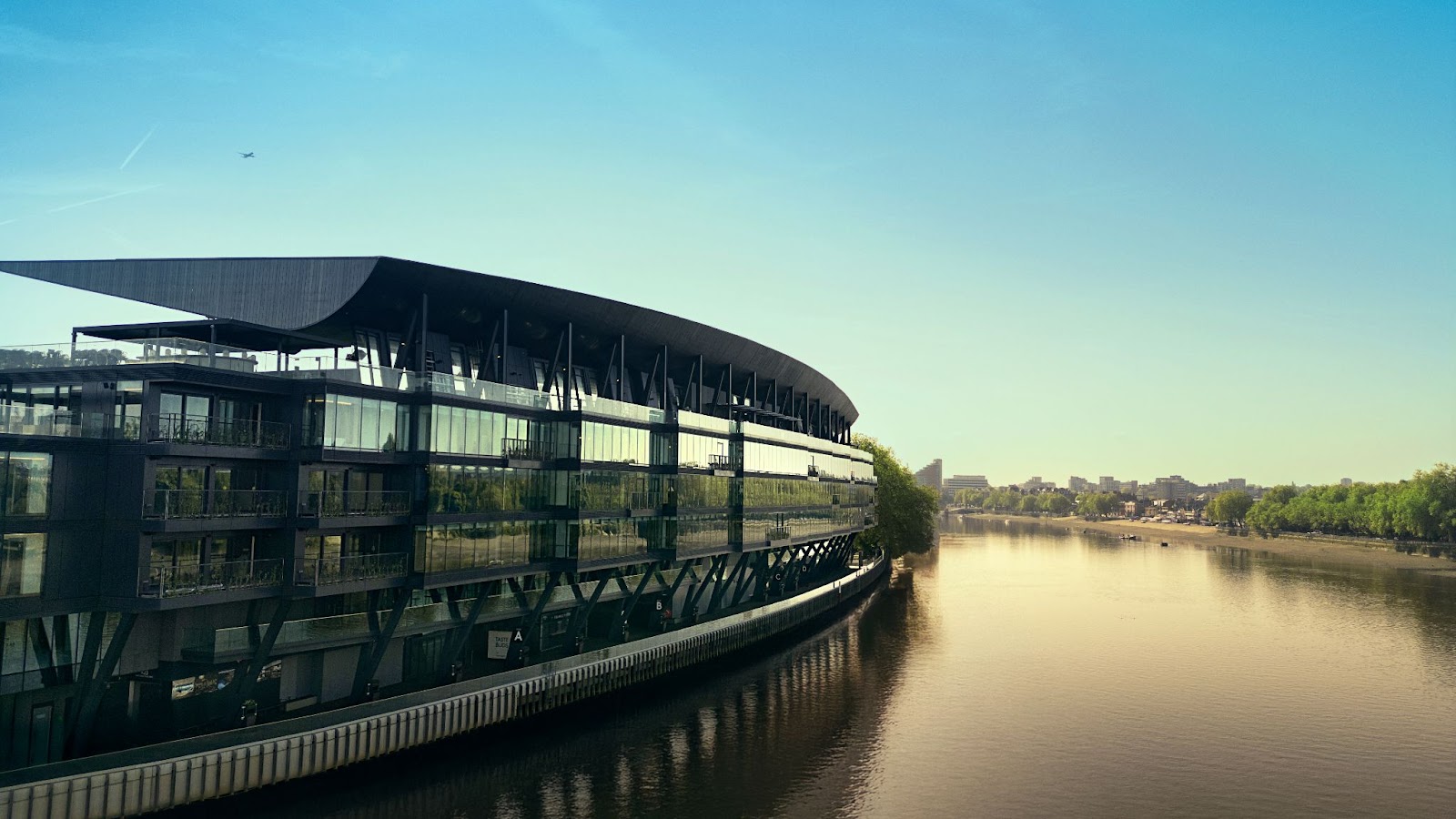Engineer Dave Rayment from Morph Structures presents a learning module on specification for low embodied carbon for School of Specification. He explains why it’s important that the battle to reduce embodied carbon cuts across the full palette of materials.
What prompted you produce a learning module on embodied carbon for School of Specification?
Most people still primarily think of operational carbon when thinking about net zero, but we’ve made huge strides on cutting this in the past 40 years through regulatory and technological development. We’ve now reached a stage where operational carbon is the easy, and actually less important, challenge. Embodied carbon has the biggest impact on our ability to keep to a 1.5 degree temperature rise, so that’s where our focus needs to be.
What’s the most effective way for architects to track the embodied carbon implications of early design and specification decisions?
It’s a discipline that has to be baked in from the start and sense checked at every stage of every project. So it’s about assessing initial options for high-level embodied carbon comparisons, so that the correct decisions are made from day one, and then being organised about following through in more detail during each stage to check that carbon isn’t sneaking back in!
What can be done to raise awareness of, and reduce, embodied carbon in the built environment?
It’s about on-going education and awareness. We need more articles, and more CPD and more discussion and shared learning across and between professions. The architectural media, the RIBA and every other professional institution involved in the built environment has an important role to play. For a lot of people the process of calculating and hopefully then minimising embodied carbon is new and perhaps a little abstract. But as more and more projects go through the design and construction study there will be more and more relevant case studies, which will be fantastically useful in terms of shared learning. This will also help to bring the process of calculation and reporting to life.
What are your predictions about any changes in policy and regulations relating to low embodied carbon
These changes will come and help with the 2050 target, but experience tells us it will be too slow to impact on the climate emergency and short-term targets. At a local level things are moving quicker, as has been evidenced by the recent decision by Michael Gove to reject Marks & Spencer’s proposals to demolish and rebuild its flagship HQ on Oxford Street, but it is primarily up to professionals to lead on this. We have the ability to inform and direct clients, and we have a responsibility to use that power to good effect.
Should we have a blacklist for particular materials and products?
No. We all need to cut carbon and that means looking at ways to reduce embodied carbon across the whole palette of materials. I’m not sure it’s helpful to take a purist view. Timber isn’t always the answer. It’s not as straightforward as having ‘good’ and ‘bad’ materials. Manufacturers and suppliers are starting to look at the embodied carbon of the materials they produce. But it’s also possible to cut carbon through careful and informed design and specification. It’s about learning to ask the right questions and understanding the carbon implications of every decision.
In the learning module I’ve produced for School of Specification I run through the most commonly used construction materials – concrete, timber, masonry and steel – and explain how we can make design and specification decisions to reduce embodied carbon. We need to make the case for positive change. We need to act fast. And we need the whole industry to work together. It’s important to engage all elements of the supply chain rather than demonising particular materials or suppliers.
Join Dave Rayment and his fellow contributors to SOS to learn more about embodied carbon at:
https://schoolofspecification.co.uk/courses/low-embodied-carbon/
















